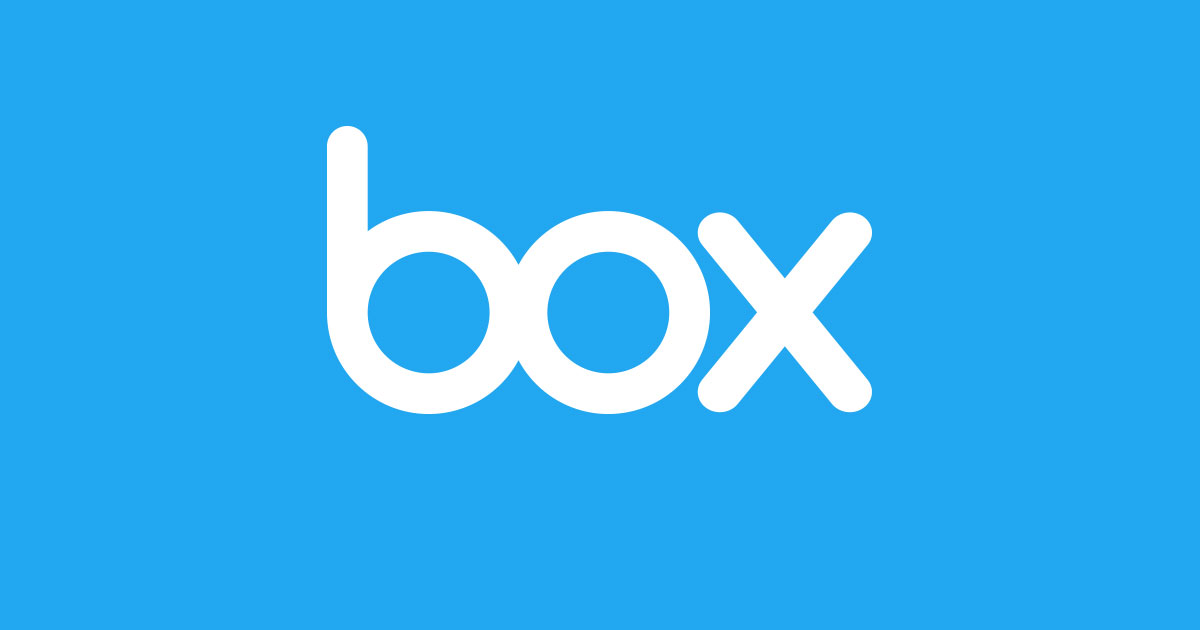 What frameworks do we use when considering technology integration to support learning? What does digital literacy mean in education? Our January Learning Educational Technologies (LET) meeting focused on discussion surrounding these types of questions. Here are some highlights and resources.
What frameworks do we use when considering technology integration to support learning? What does digital literacy mean in education? Our January Learning Educational Technologies (LET) meeting focused on discussion surrounding these types of questions. Here are some highlights and resources.
Did you know the International Society for Technology in Education (ISTE) has new standards for K-12 students? Check out the 2016 ISTE Standards for Students (scroll to bottom) and compare them to the 2007 ISTE Standards for Students. The ISTE Standards for Teachers are due for a refresh. Compare the draft to the current ISTE Standards for Teachers. What are your thoughts?
What frameworks aid in guiding considerations surrounding learning technologies? We tapped the surface in our discussion, leaving more to explore! In my presentation, Brainstorm: Why, How, When, Which Tools, slides 3-7 explore a few such as the SAMR model, TPACK, critical pedagogy, considerations with English Learners, and more. We also had a rich discussion piggybacking off The Office of Educational Technology’s Educational Technology in Teacher Preparation Challenge (2016).
What does the term “digital literacy” mean? We began discussions and collecting related resources, while keeping in mind our ongoing conversation surrounding equity and inclusiveness in online spaces. Here are few resources promising to ignite conversation: From Written To Digital: The New Literacy in Educause Review (March/April 2016); Kathy Schrock’s Resources for the Digital Age; and sources I aggregate on my When Tech Met Ed Digital Literacies page. I highly recommend Kevin Kelly’s book, The Inevitable: Understanding the 12 Technology Forces that will Shape our Future (2016) as food for thought in the context of education.
Let’s continue these discussions! Add to the resources and conversations by joining one of our upcoming LET meetings. Share in the Tech’d Out Learning Facebook group.
 Check out this Learn@OSU Instructional Technology Speed Dating event featuring technologies available at OSU for OSU faculty, GTA’s and instructional support staff. TextAid, Faculty Media Center, Canvas Analytics, Kaltura, Google and Box are a few of the valuable tools that will be explored. The event is Friday, March 8, 2019 – 3:30-5 pm. Refreshments provided. Registration is open!
Check out this Learn@OSU Instructional Technology Speed Dating event featuring technologies available at OSU for OSU faculty, GTA’s and instructional support staff. TextAid, Faculty Media Center, Canvas Analytics, Kaltura, Google and Box are a few of the valuable tools that will be explored. The event is Friday, March 8, 2019 – 3:30-5 pm. Refreshments provided. Registration is open!






